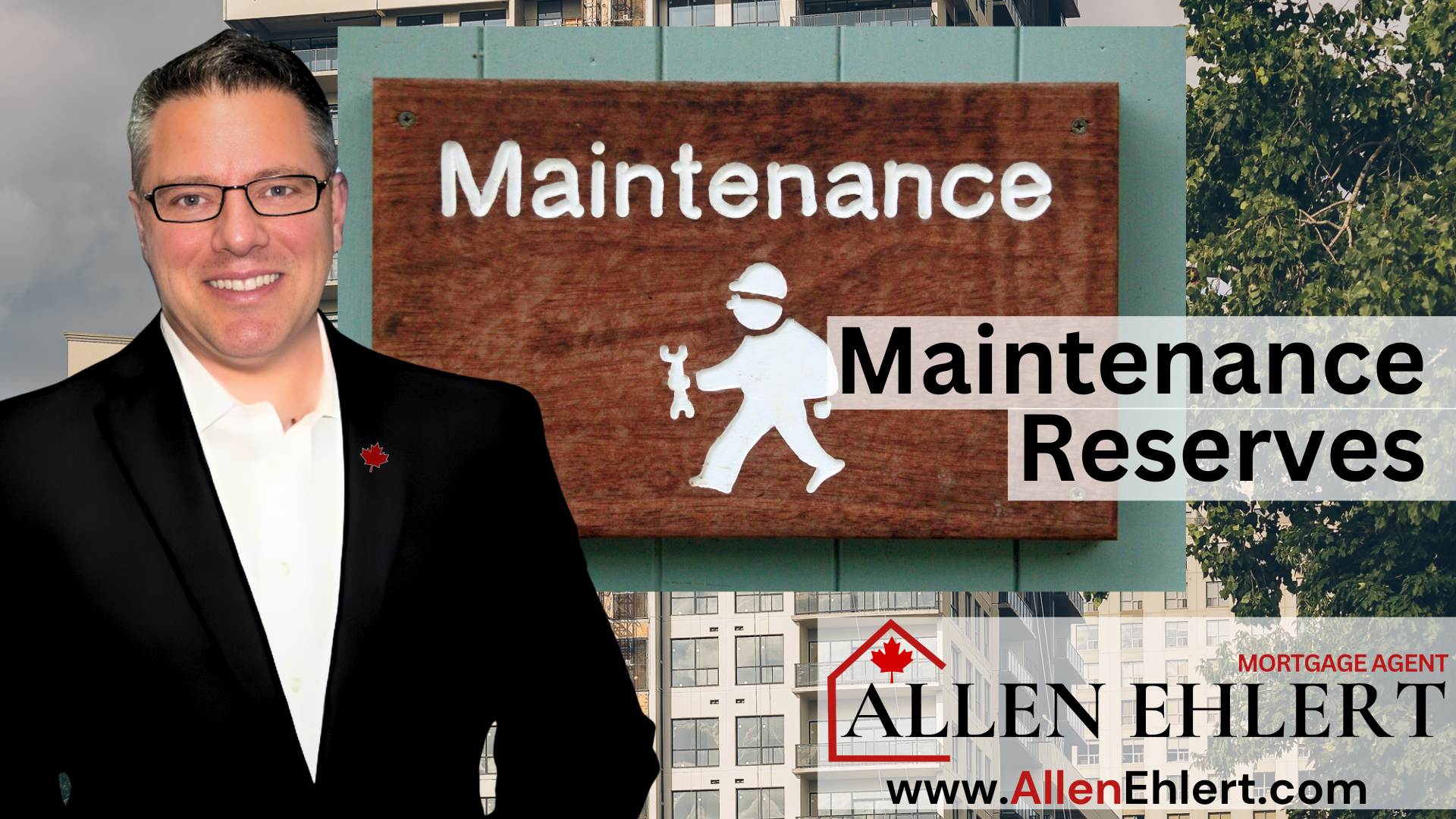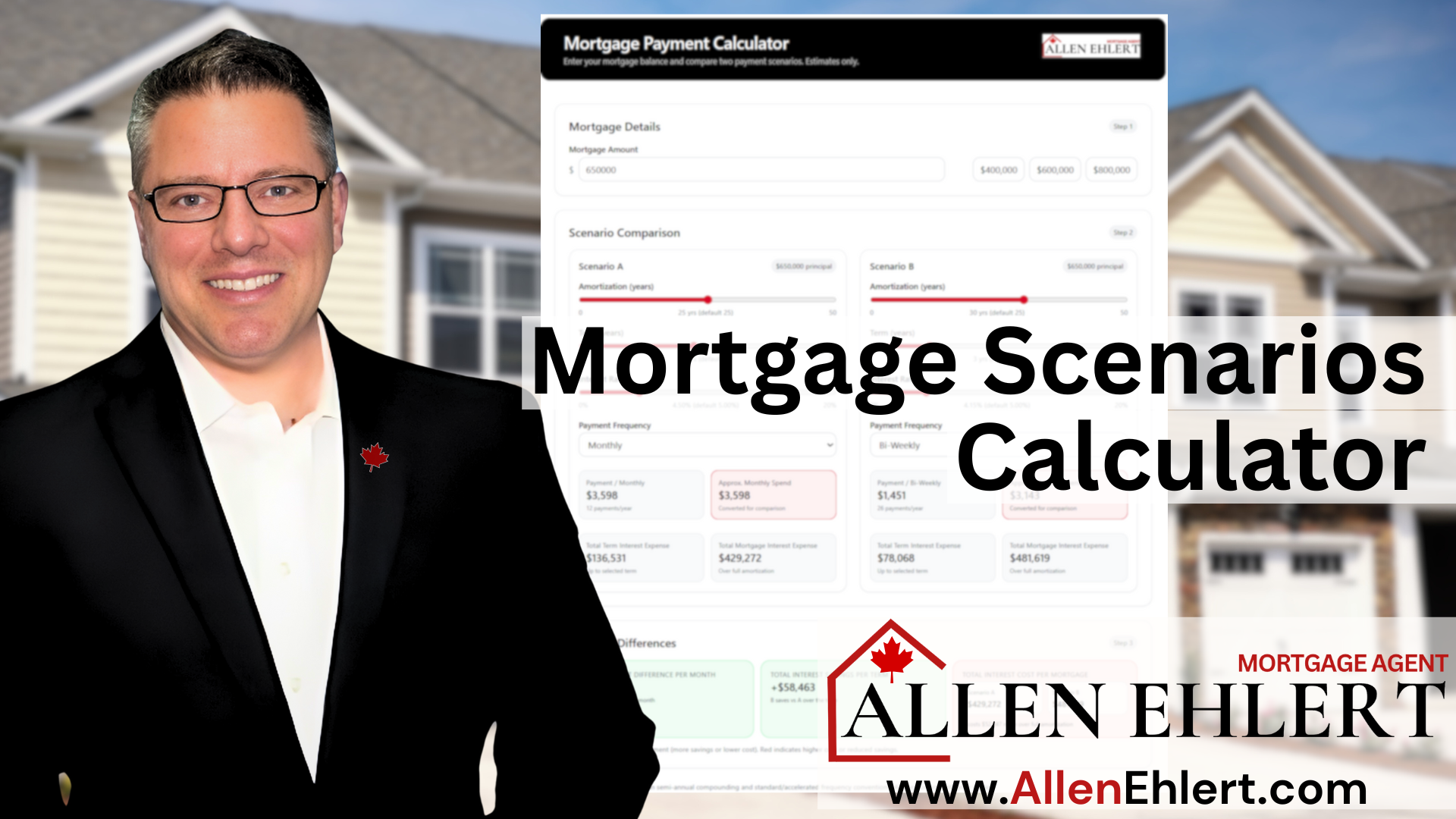… How Maintenance Reserves Protect You (and Your Property) in Commercial Real Estate”
You’ve probably heard the term “maintenance reserve” tossed around in commercial lending conversations and wondered if it’s just another way lenders make life complicated. But the truth is, maintenance reserves aren’t red tape—they’re your built-in safety net. They protect your property’s value, your cash flow, and yes, your lender’s investment too.
When you own a home on the residential side, you keep it up. You make repairs, improvements, and keep your castle in a good even great condition because that ‘s your home, you live there. On the commercial side, your motivations are different. You are looking to squeeze every bit of profit you can out of the property; you don’t care if it looks pretty. Hence the need for maintenance reserves.
Let’s walk through what maintenance reserves are, why lenders insist on them, and how you, as a property owner or realtor, can use this knowledge to structure smarter, more resilient deals.
Topics I’ll Cover
What Are Maintenance Reserves?
The Different Types of Reserves
A Real-World Story: The Case of the Leaky Roof
How Realtors and Clients Can Use This Knowledge
What Are Maintenance Reserves?
In commercial real estate financing, maintenance reserves are funds set aside—either held by the lender or escrowed by the borrower—to cover future property upkeep or replacement costs.
Think of it like a forced savings account for the building. It ensures that when something big breaks (and it will), there’s cash ready to fix it.
These reserves aren’t about nickel-and-diming you. They’re about ensuring that the property remains in good working order, preserving both its value and its ability to generate income.
Why Lenders Require Them
Commercial lenders don’t just lend against property—they lend against performance. A property that falls into disrepair quickly becomes a liability.
So, lenders require maintenance reserves to protect themselves—and you—from surprises that could jeopardize loan repayment.
Here’s how they think:
- Predictable expenses = predictable income.
If a roof leak takes out a retail tenant’s store, rent payments stop. A reserve helps prevent that. - Deferred maintenance kills value.
Appraisers and underwriters look for proactive property management. A funded reserve signals strong stewardship. - Investors and lenders hate surprises.
Setting funds aside upfront means no emergency cash calls down the road.
In short, a maintenance reserve is the lender’s way of saying, “We trust you—but let’s keep a cushion, just in case.”
How Maintenance Reserves Work
Here’s how it usually unfolds:
- At Closing:
The lender assesses the property’s age, condition, and replacement costs (often guided by a building condition report). - Reserve Amount:
They’ll establish a monthly or annual contribution—say, $0.10 to $0.25 per square foot per year, depending on property type. - Funding Mechanism:
The borrower makes monthly deposits into a reserve account managed by the lender or held in trust. - Accessing the Funds:
When a major repair or replacement comes up, the borrower requests a disbursement—usually with proof of the work and receipts. - Replenishment:
The account is topped back up over time, ensuring that funds are available for the next big-ticket repair.
It’s not that different from topping up your car’s maintenance fund so you’re not blindsided by a blown transmission.
The Different Types of Reserves
There’s no one-size-fits-all here. Different reserves serve different purposes:
- Replacement Reserve:
Covers big-ticket items with predictable lifespans—roofs, HVAC systems, elevators, parking lots. - Capital Improvement Reserve:
For property upgrades—new signage, lobby renovations, or adding EV chargers. - Tenant Improvement (TI) Reserve:
Used when tenants move out and space needs to be built out for the next occupant. - Leasing Commission Reserve:
Covers broker fees and costs tied to securing new tenants. - Environmental or Structural Reserve:
A specialty category used when environmental or engineering reports flag future remediation.
Each reserve has a clear purpose—to preserve the asset’s value, performance, and income continuity.
A Real-World Story: The Case of the Leaky Roof
A client of mine once bought a 25,000-square-foot industrial property with a 15-year-old roof.
Everything looked fine during the purchase—until the second winter. Heavy snow, thaw, and boom—roof leaks galore.
Because the lender had required a $0.15/sqft annual maintenance reserve, there was $9,375 sitting ready to use. Repairs happened fast, tenants stayed happy, and the property’s cash flow barely flinched.
Had the borrower skipped the reserve? That $9,375 problem could’ve easily turned into a $90,000 lawsuit for lost tenant inventory and business interruption.
That’s the hidden power of a reserve—it’s quiet protection against noisy emergencies.
How Realtors and Clients Can Use This Knowledge
If you’re a realtor, understanding maintenance reserves can:
- Help you position a property more accurately—buyers respect well-managed assets with funded reserves.
- Strengthen negotiations by showing a proactive management approach.
- Make your deals smoother, since lenders trust properties with maintenance cushions.
If you’re a borrower or investor, leverage this by:
- Setting up reserves even if not required—it’s financial discipline that pays off.
- Using well-funded reserves as a selling point when refinancing or attracting partners.
- Asking your mortgage agent (that’s me!) to help you model reserve levels into your cash flow projections so they don’t surprise you later.
Allen’s Final Thoughts
At first glance, a maintenance reserve might feel like one more hoop to jump through. But once you see the full picture, it’s actually your friend.
It’s the quiet, steady protector of your property’s value, your lender’s trust, and your peace of mind. It turns unexpected chaos into manageable inconvenience.
Whether you’re a realtor advising clients, or a borrower planning your next acquisition, understanding how reserves work gives you an edge—and helps you present yourself as a savvy, responsible professional.
As your mortgage agent, I’m here to make sure you not only secure the right financing but also structure it intelligently. I’ll help you anticipate lender requirements, explain how reserves fit into your loan, and guide you on how to present your deal in the best possible light—so you walk into negotiations confident, prepared, and a step ahead.












